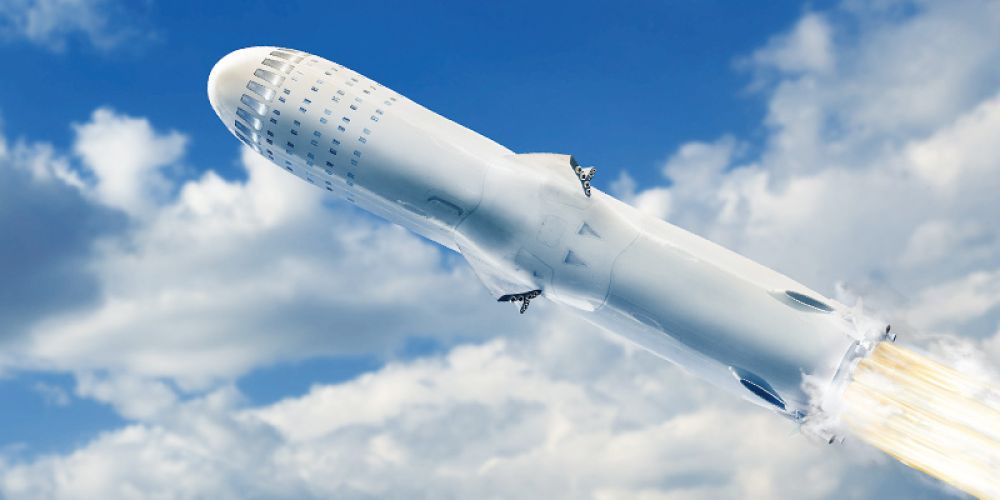

PTFE (polytetrafluoroethylene) composite fabrics are widely used in the aerospace field. Their unique properties make them play an important role in thermal management, sealing insulation, and structural component manufacturing. The details are as follows:
Thermal management materials
Thermal control: PTFE composite fabrics can be used as ideal thermal control materials in space applications. PTFE nanofiber materials manufactured by electrospinning have excellent spectral reflectivity and thermal emissivity. High reflectivity can effectively reflect sunlight and reduce the temperature rise on the surface of the spacecraft; high thermal emissivity helps to self-cool through thermal radiation and maintain the temperature balance of the spacecraft without the need for an active cooling system that consumes power.
Application example: The European Space Agency (ESA) and the German Aerospace Center (DLR) jointly brought space buildings made of PTFE membranes. Compared with other buildings, PTFE membrane buildings are flexible, durable and lightweight.
Sealing and insulation materials
Sealing performance: PTFE composite fabrics can still maintain good sealing performance in extreme outer space environments to prevent gas or liquid leakage. Its chemical stability enables it to resist the erosion of most chemicals, ensuring long-term and effective sealing effects. For example, in chemical propulsion systems, seals made of PTFE materials can withstand harsh environments and harsh conditions; in aircraft engines, PTFE seals are widely used in the sealing of key components such as combustion chambers and turbines, effectively preventing fuel and high-temperature gas leakage and ensuring the safe operation of the engine.
Insulation performance: PTFE is an excellent electrical insulation material. Its high resistivity and low dielectric constant make it widely used in outer space electronic equipment to ensure the stability and safety of the circuit. For example, polyvinylidene fluoride (PVDF) can still maintain good electrical insulation properties under high temperature and high humidity environments, and is suitable for insulation protection of electronic equipment and lines in the aerospace field.
Structural component materials
Lightweight and mechanical properties: PTFE composite fabrics have lightweight characteristics and excellent mechanical properties, and are widely used in the manufacture of internal components of aircraft engines, solar panel brackets, satellite antennas and other structural parts. These applications not only reduce the weight of the equipment, improve mobility and energy efficiency, but also maintain stable performance under high temperature and corrosive environments. For example, in the solar panel deployment system, PTFE materials can make the microsatellite solar panel array obtain extremely low friction coefficient from the folded state at launch to the orbital deployment process; a certain type of satellite uses PTFE composite fabric to make solar panel brackets. In extreme space environments, the bracket performance is still stable, providing a strong guarantee for the normal operation of the satellite.
Protective materials: The space suit uses a reusable radioactive dust composite protective material made of PTFE microporous film processed by co-stretching technology, which can not only prevent radioactive dust from being contaminated on the protective suit, but also effectively block radioactive dust from penetrating the protective material. At the same time, it has the characteristics of anti-static, oil-proof, water-repellent, light and durable. The tear-resistant layer of NASA's space suit is made of Nomex and PTFE fibers interwoven with Kevlar as the protective yarn fabric.